T Mobile
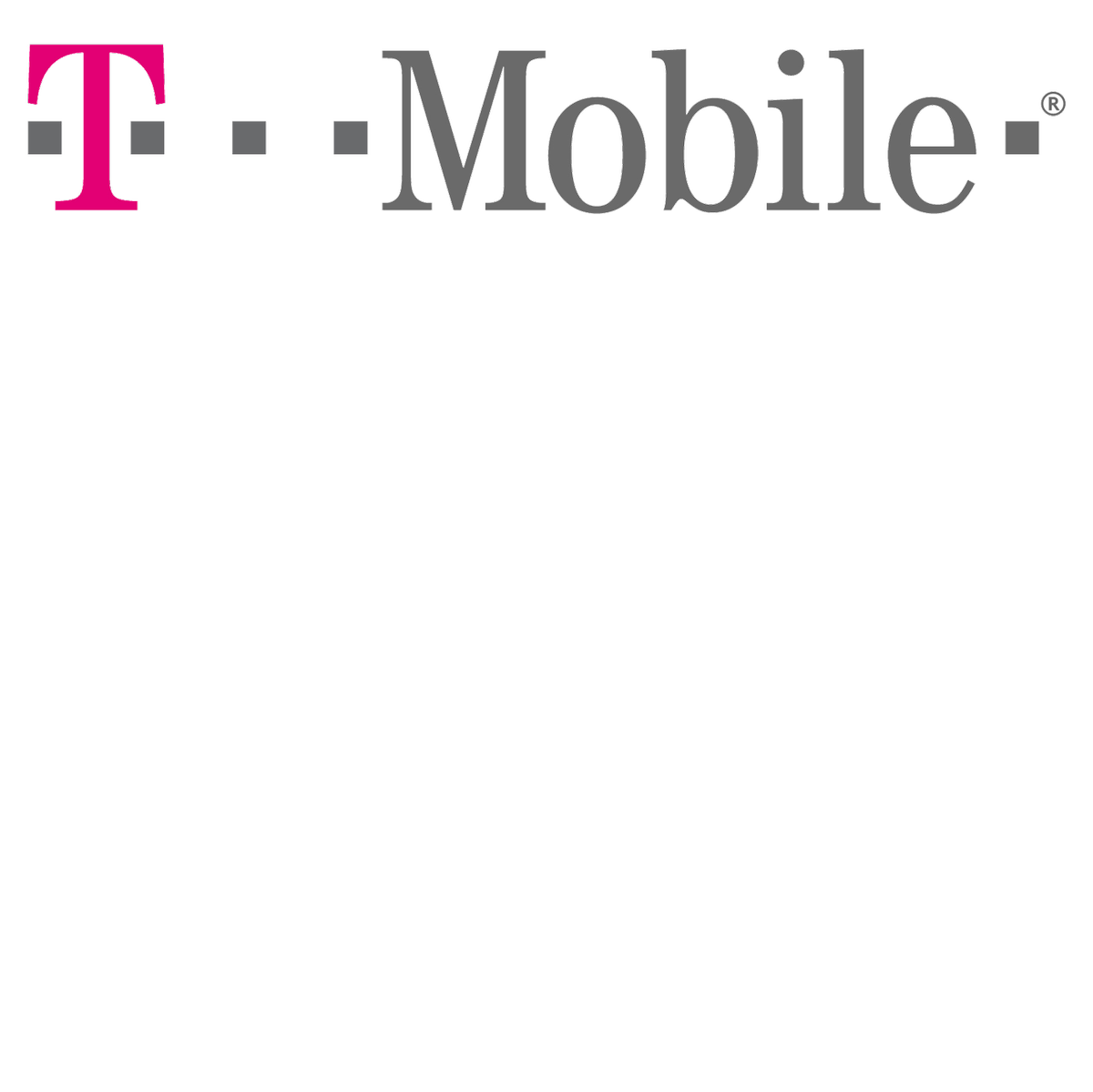
T-Mobile Coverage Map | T-Mobile Website
T-Mobile is a wireless carrier in the U.S. that is currently the fourth-largest in the country by number of subscribers. Known for its token commercial jingle and magenta color scheme, T-Mobile drives itself on the message of being an "Uncarrier" that does things the other carriers just won't do. It's well known as a value-based option to the other three major carriers, with lower prices for data and fewer restrictions on usage than its competitors. Though it is no longer a wholly-owned subsidiary of Germany's Deutsche Telekom, DT now holds a majority of the now-public T-Mobile U.S. stock.
Following a failed attempt to be acquired by AT&T at the end of 2011, T-Mobile gained a huge sum of money and spectrum holdings as part of the deal to the tune of $4 billion. Using this money and a change in leadership at the carrier, T-Mobile quickly turned itself around to start gaining customers and posting small profits for the first time in years. From 2012 to 2014 it launched and rapidly deployed an LTE network, quickly bringing it up to speed in terms of technology and coverage with the other carriers. Part of that expansion came with the purchase of MetroPCS, a smaller regional carrier, which brought in more customers, new spectrum and subsequently made T-Mobile a publicly-held company through the merger.
In terms of network technology, T-Mobile operates a GSM and LTE network across 700MHz, 1900MHz and the combined 1700/2100MHz (also known as AWS) frequencies. During its vast expansion of LTE throughout 2013, T-Mobile shifted its spectrum holdings in a way that better aligned itself with the network map of AT&T, making it easier for customers of that carrier to bring their phones over to T-Mobile without issue. Though it has made huge strides in terms of coverage in recent years, T-Mobile is often dinged — both by customers and competing carriers — for its lack of extensive rural coverage around the country.
Latest about T mobile
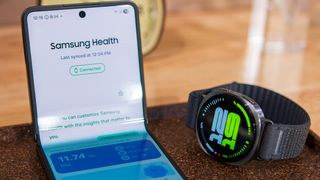
T-Mobile's Ultimate Samsung Bundle gives you over $2,000 of free tech for Cyber Monday
By Patrick Farmer published
Ultimate Galaxy deal T-Mobile's Cyber Monday sale wants you to wrap up all of your holiday gift shopping in one fell swoop.

T-Mobile's tablet and watch installment plans now lock you in for an extra year
By Brady Snyder published
36 months T-Mobile's 24-month installment plans may be coming to and end — tablet and watch installments now last for an additional year.
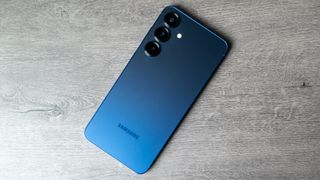
Want a FREE Galaxy smartphone and a pair of Galaxy earbuds? T-Mobile customers won't wanna pass on this Samsung deal
By Derrek Lee published
Free + free The Galaxy S25 Plus is available at T-Mobile for free during Black Friday with a trade-in and on select plans.
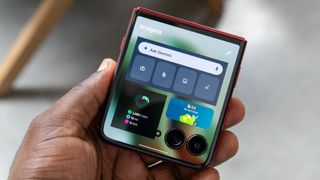
T-Mobile's Black Friday deals are LIVE, and this year it's all about the free stuff
By Patrick Farmer published
Epic savings T-Mobile's Black Friday sale just keeps getting better and better, and I've gathered my top favorite deals to prove it.
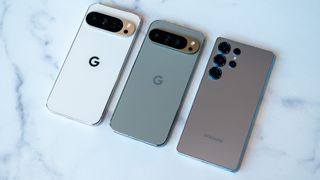
Best unlimited data plans of 2025: Verizon, Mint Mobile, and beyond
By Patrick Farmer last updated
Unlimited access! Here are the best unlimited data plans that you can go for. These are offered by both mainstream carriers like Verizon and MVNOs such as Mint Mobile.
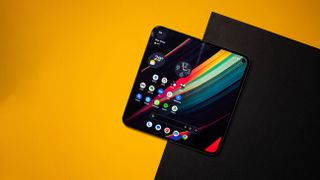
This is the one the most insane early Black Friday deals that I've ever seen
By Andrew Myrick published
Beyond the Alphabet Who would've thought that we'd see a deal this good on a month-old phone?

Best wireless carrier in the U.S. 2025
By Patrick Farmer last updated
Choose wisely! Picking the best wireless carrier for yourself, your family members, and friends doesn't have to be a chore. Here are some feature-laden options.

How T-Mobile's 5G network is powering the F1 Las Vegas Grand Prix
By Brady Snyder published
F1 + 5G Formula 1 racing is surging in popularity, and T-Mobile's 5G network is set to power the Las Vegas Grand Prix using 5G technology.
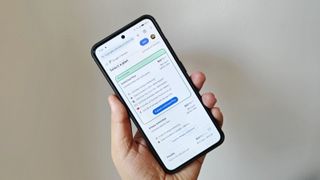
Google Fi Wireless plans, deals, and prices: everything you need to know
By Samuel Contreras last updated
Save with Fi! Does Google Fi Wireless support 5G? How does it work? How do I switch? Here's everything you need to know about Google's take on wireless service.
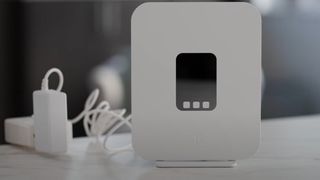
T-Mobile will literally pay you $300 to try its 5G Home Internet before the end of the year
By Patrick Farmer published
Just in time for the holidays T-Mobile 5G Home Internet is a staff favorite at Android Central, and now it comes with a spicy incentive.
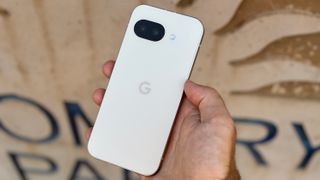
Skip Black Friday — this new T-Mobile deal lands you a free Google Pixel 9a AND some free earbuds, because why not?
By Patrick Farmer published
Free stuff T-Mobile just launched a deal that gets you a free Google Pixel 9a AND a free pair of wireless earbuds, no trade-in required.
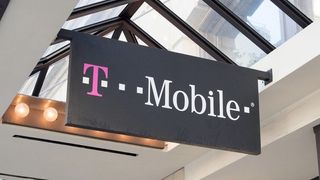
T-Mobile’s new billing rule hits credit card users where it hurts — their discount
By Jay Bonggolto published
No more double dipping T-Mobile policy change kills Autopay discount for credit card users.
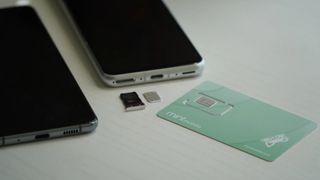
These 6 prepaid SIM cards for U.S. tourists will take your summer vacation to the next level
By Patrick Farmer last updated
Travel in comfort With the best prepaid SIM cards for U.S. travelers and tourists, you can keep in touch with family and friends no matter where you are in the country.

Best T-Mobile phones 2025
By Samuel Contreras, Rajat Sharma last updated
So many choices! With one of these best T-Mobile phones, you'll be able to enjoy the carrier's solid nationwide 5G network, as well as all the perks that it offers.
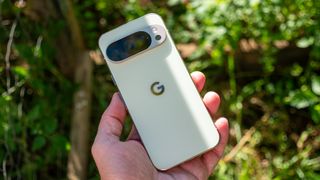
I almost made a huge mistake buying the Pixel 10 Pro during Prime Day — T-Mobile will literally give me one for free
By Patrick Farmer published
Mo' savings from T-Mo Step aside Amazon Prime Day, the best Google Pixel deal on the web may already be waiting in your inbox.
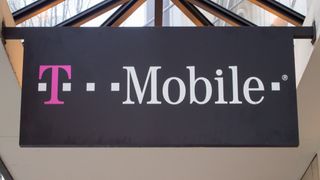
T-Mobile supposedly plans to cut off LTE support in the 'next few years'
By Nickolas Diaz published
Making moves A rumored document reportedly explained T-Mobile's plans to end LTE support on its network, as it moves toward 5G-only.
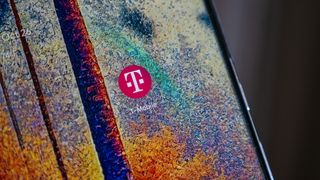
T-Satellite takes Android apps to the stars with 'Satellite-ready' access on T-Mobile
By Nickolas Diaz published
Off-grid? No problem T-Mobile announced a selection of "satellite-ready" apps for its off-grid T-Satellite service.

Best prepaid phone plans 2025
By Samuel Contreras, Namerah Saud Fatmi last updated
Go prepaid, save more! With one of these best prepaid phone plans, you can enjoy everything from high-speed 5G connectivity to mobile hotspot data, all at affordable prices.
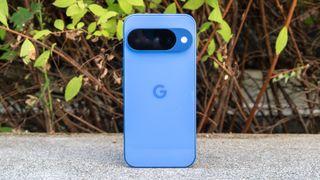
Not a typo: this T-Mobile deal gets you the newest Pixel phone for FREE, no trade-in required
By Patrick Farmer published
Google's newest phones have arrived, and T-Mobile might just have the best Pixel 10 deal on the web.

I'm about to score $800 OFF the Google Pixel 10 Pro at T-Mobile (and you should too)
By Patrick Farmer published
10 Pro for less dough Add a line with most data plans and T-Mobile will give you a whopping $800 off the Pixel 10 Pro, one of the best phones released in 2025 so far.
Get the latest news from Android Central, your trusted companion in the world of Android
